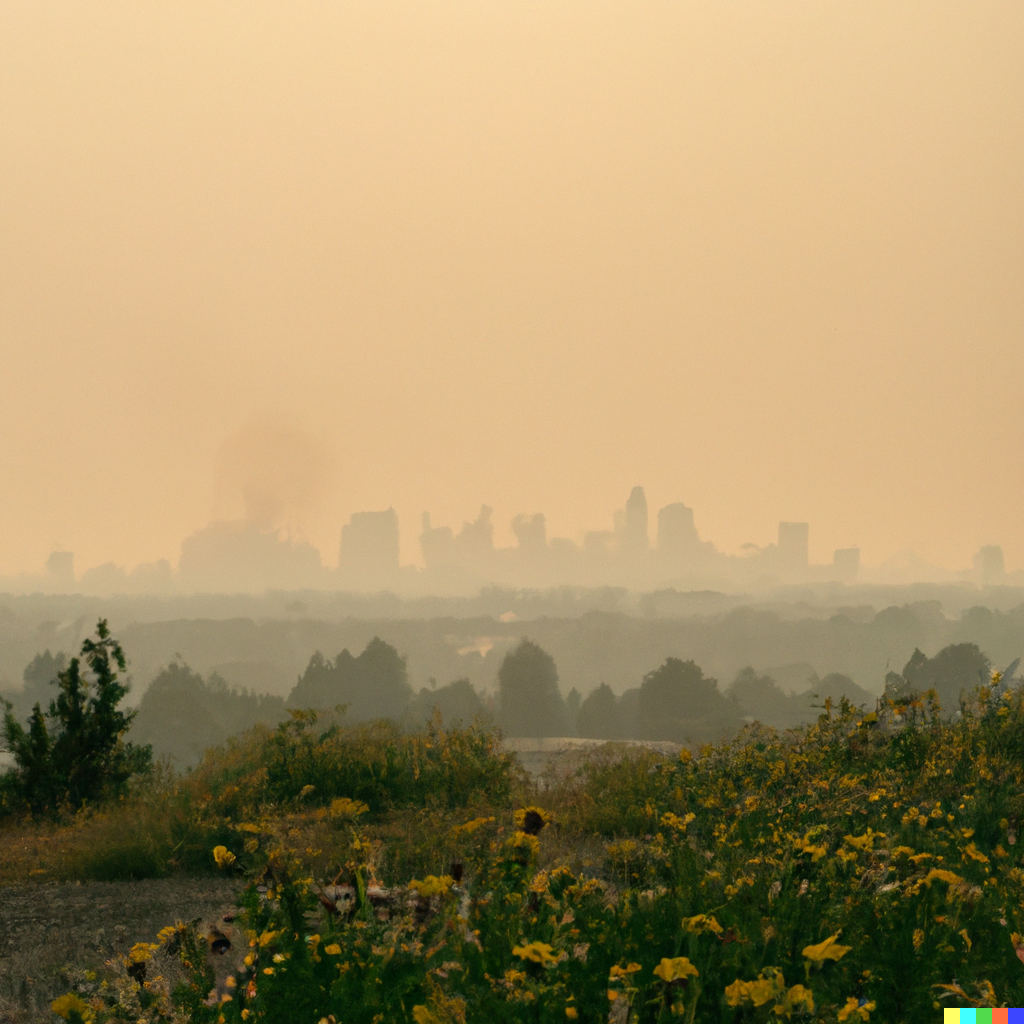No Mow May is a growing movement aimed at reducing lawn mowing during the month of May to provide a safe haven for pollinators and other wildlife. While some people may worry about the impact that this may have on their lawns, the truth is that No Mow May can have a positive impact on local ecosystems.
By allowing grasses and wildflowers to grow, No Mow May creates a diverse and welcoming environment for pollinators, including bees, butterflies, and other insects. This is especially important in urban areas where natural habitats are limited. These pollinators play a crucial role in plant reproduction, helping to ensure that local flora remains healthy and abundant.
But the benefits of No Mow May go beyond pollinators. Allowing grass and other vegetation to grow can create a safe haven for other wildlife as well, including small mammals, reptiles, and birds. These creatures need diverse habitats to survive, and No Mow May can provide a much-needed respite from the typical manicured lawn.
In addition, No Mow May can help reduce air pollution by reducing the amount of gasoline used for lawn mowers. This can help improve air quality and reduce greenhouse gas emissions, which can have a positive impact on the environment.
While some may worry about the impact that No Mow May may have on property values, the truth is that a healthy, diverse lawn can actually increase property values in the long run. By creating a welcoming environment for wildlife, homeowners can create a unique and desirable property that will stand out from the typical manicured lawn.
In conclusion, No Mow May can have a positive impact on local ecosystems by creating a safe haven for pollinators and other wildlife, reducing air pollution, and increasing property values. By participating in No Mow May, homeowners can take a small step towards creating a more eco-friendly future and protecting the natural world around them.
